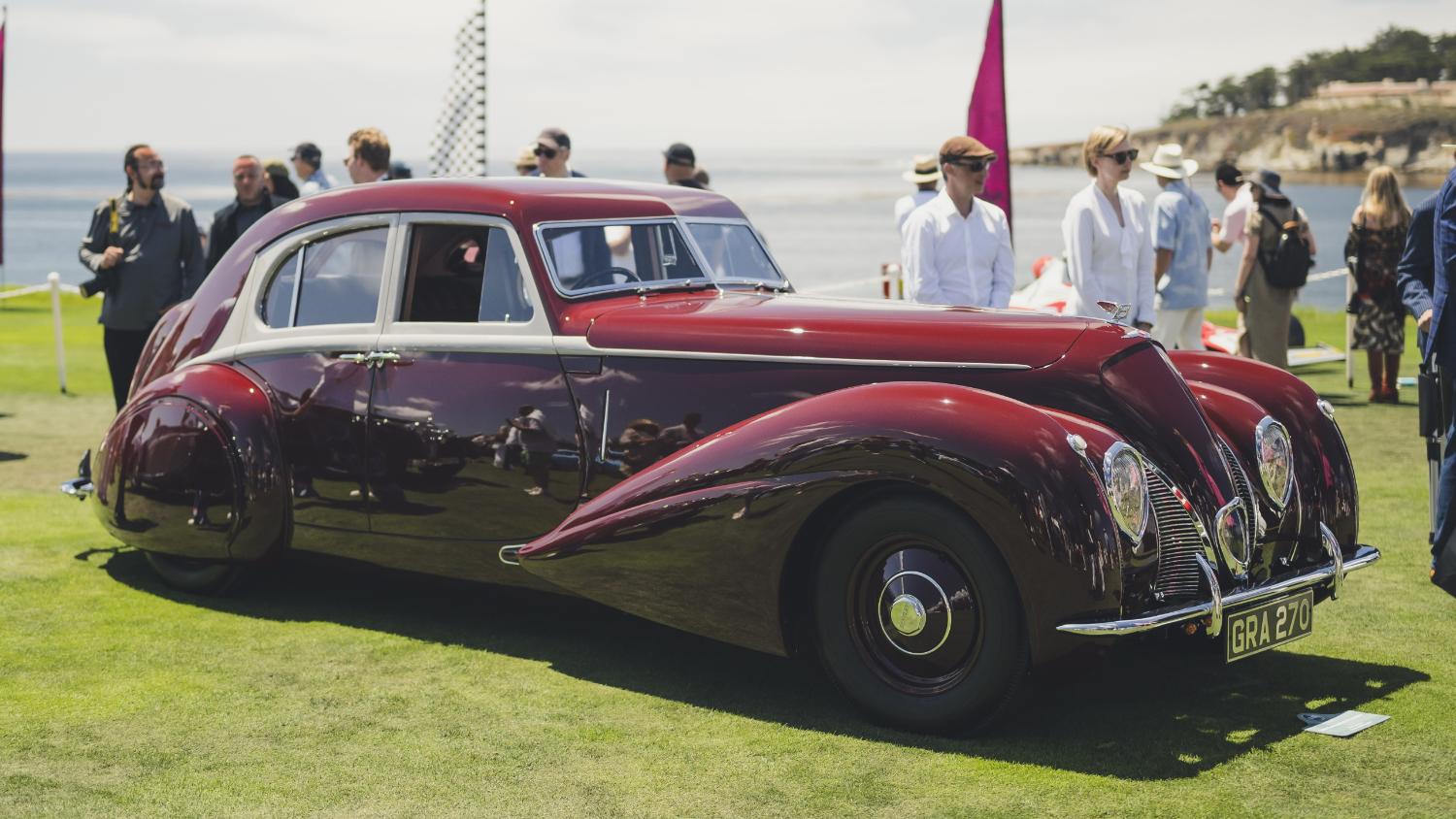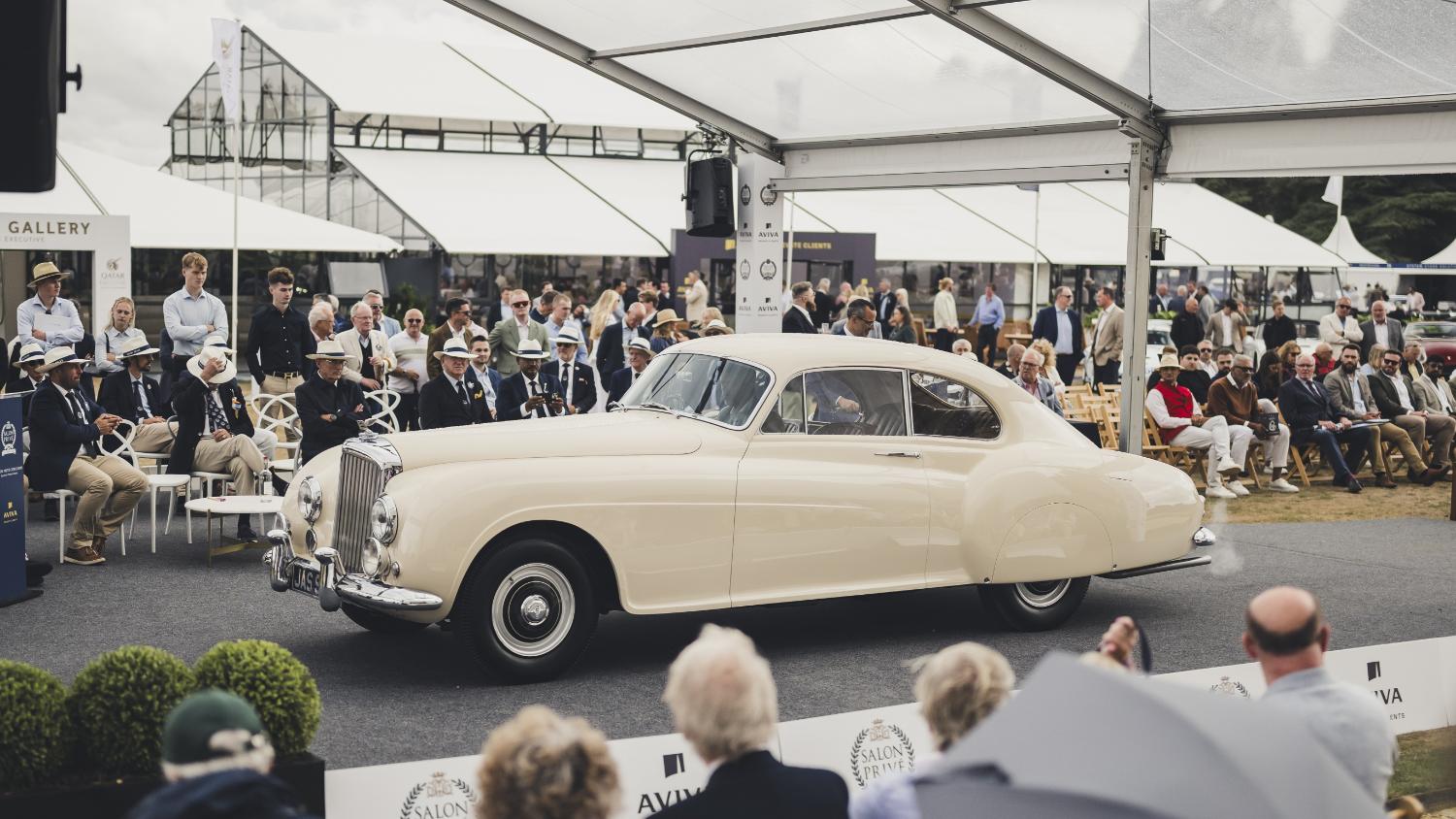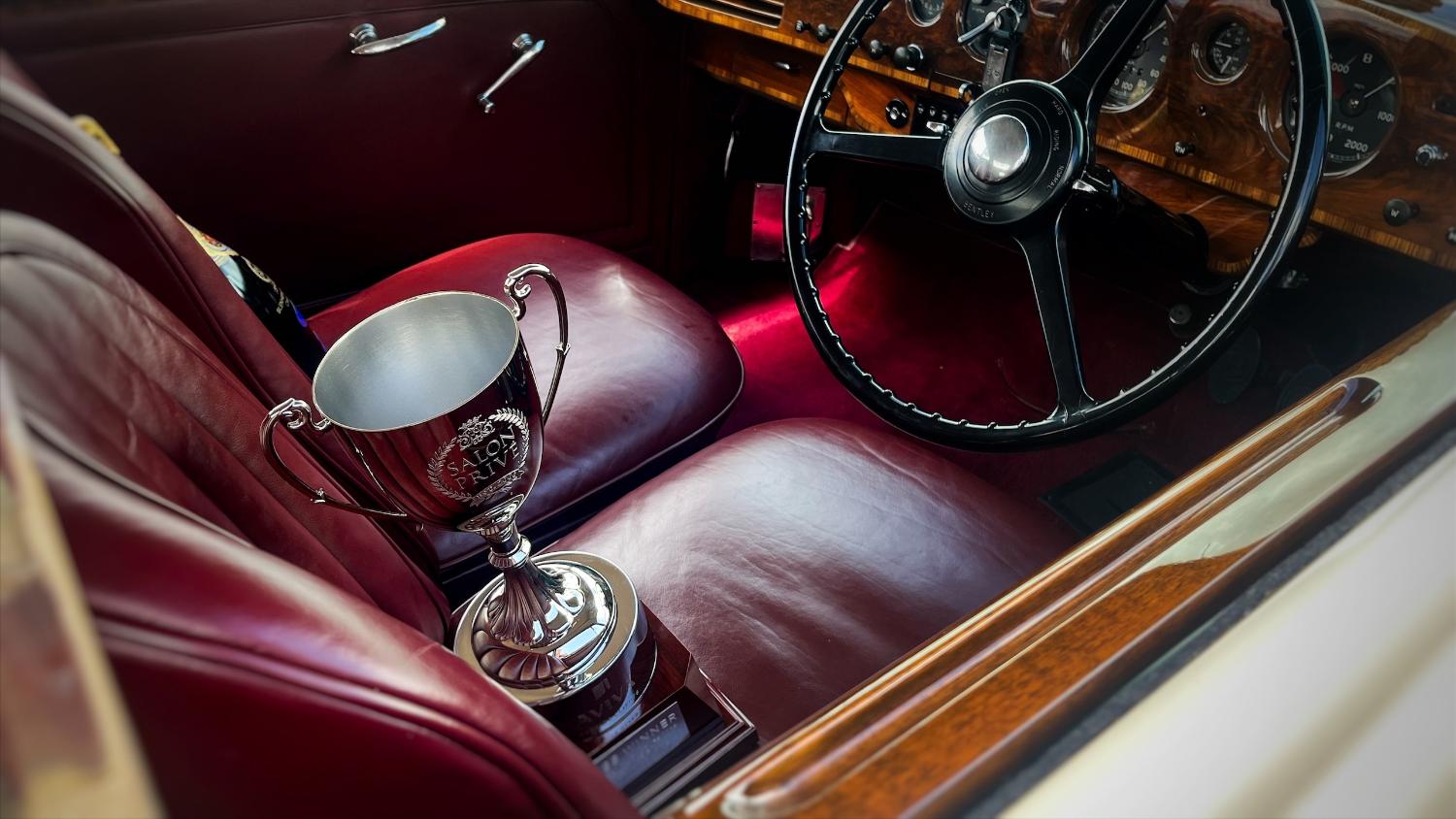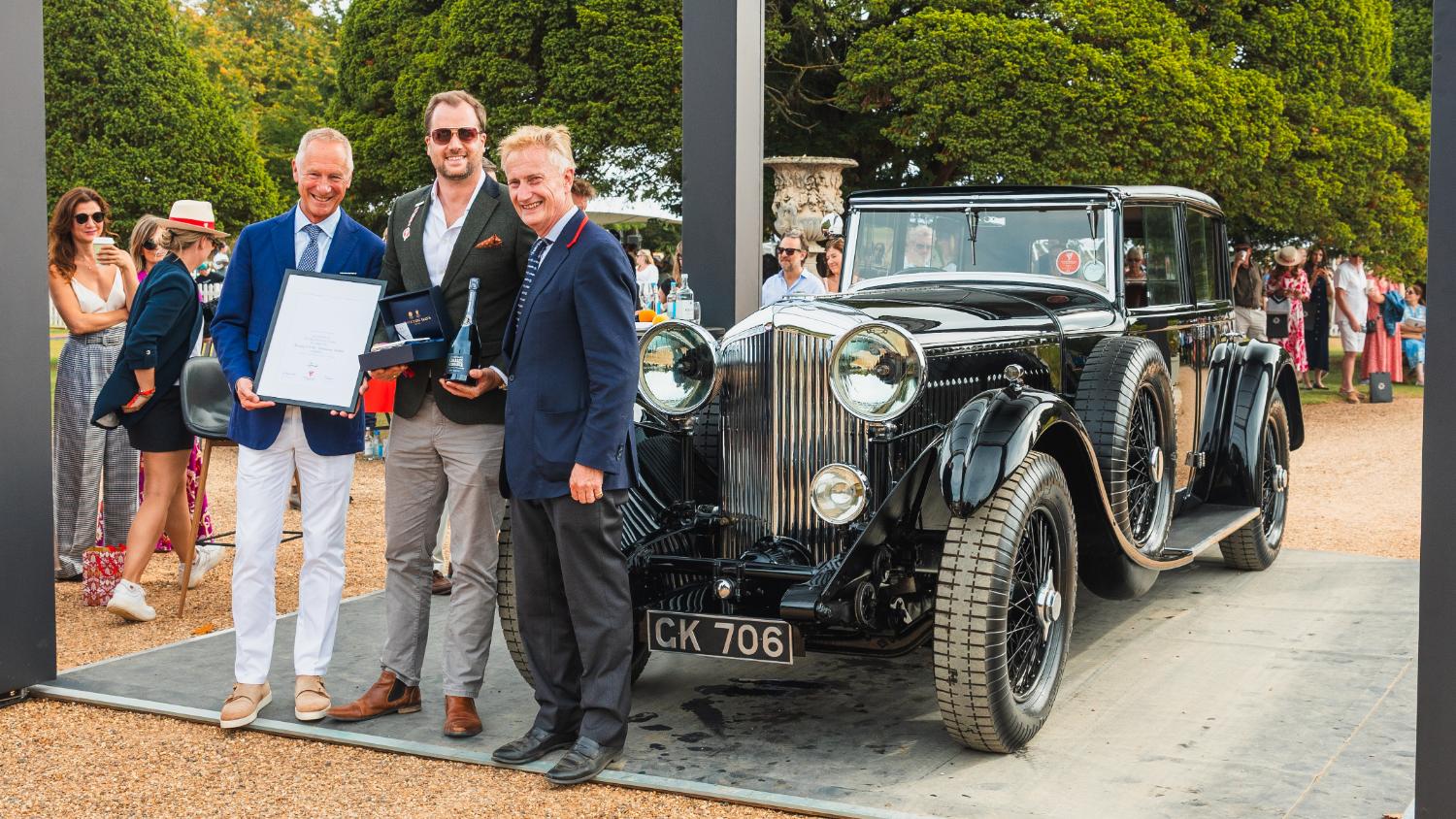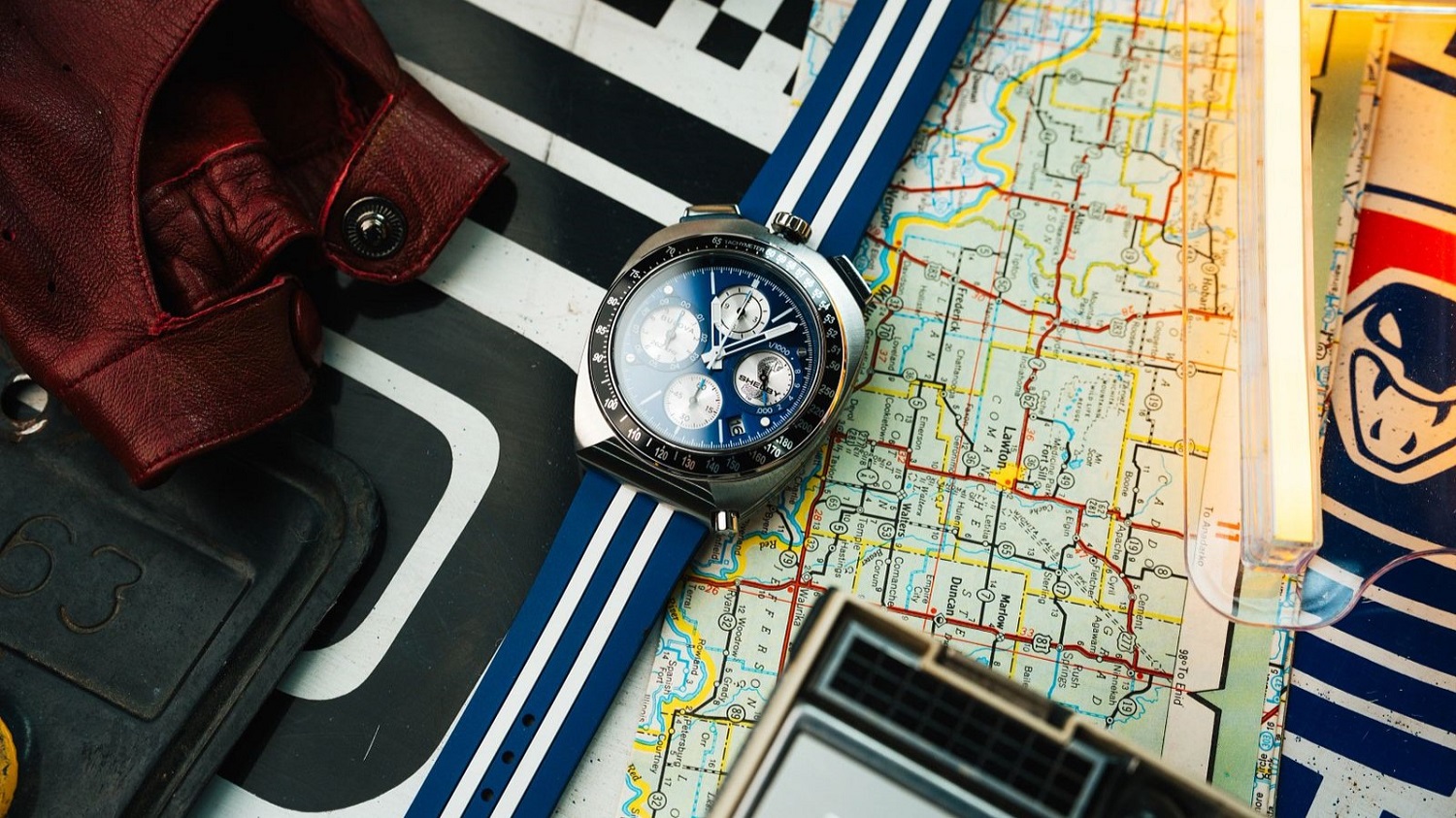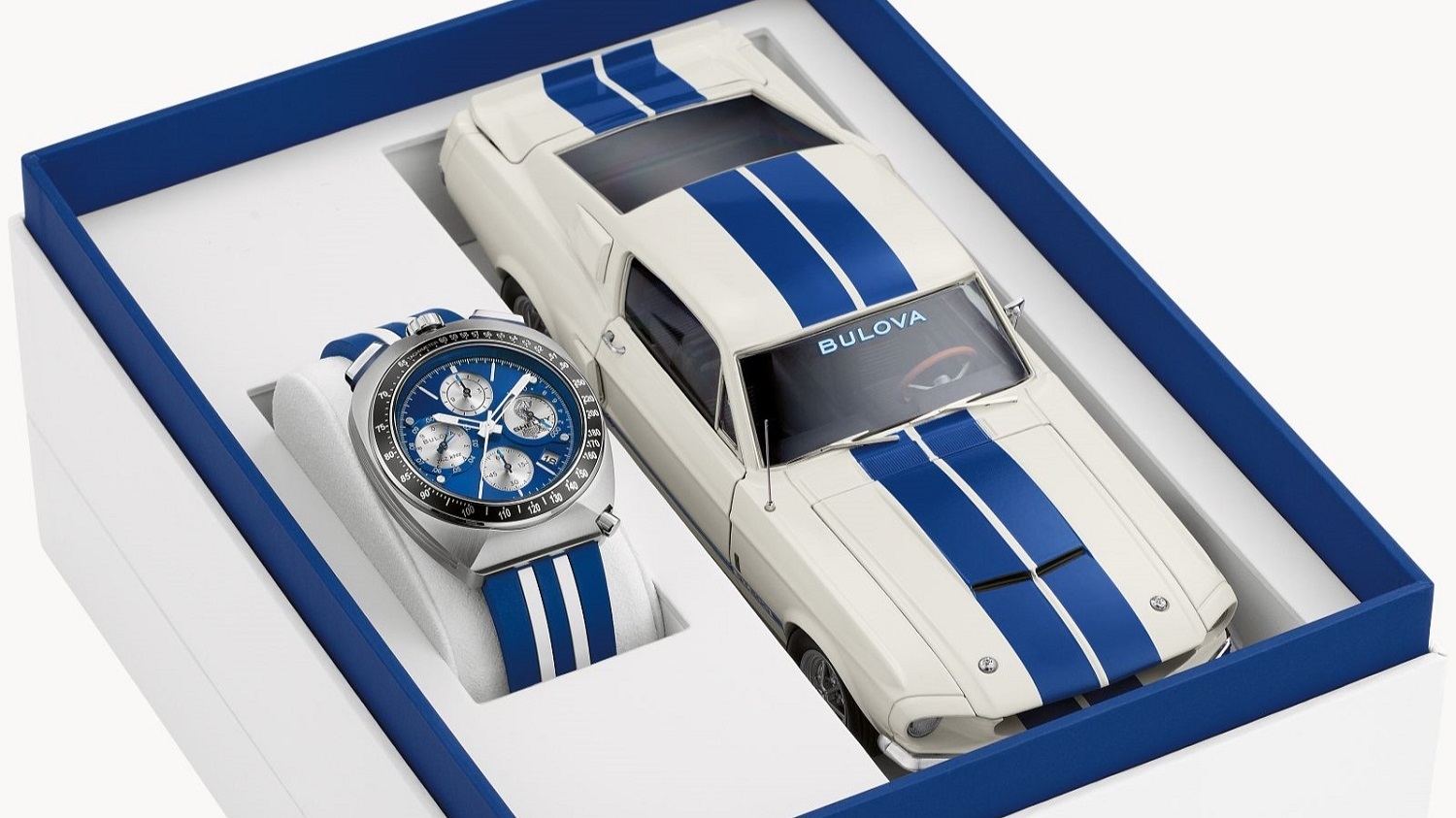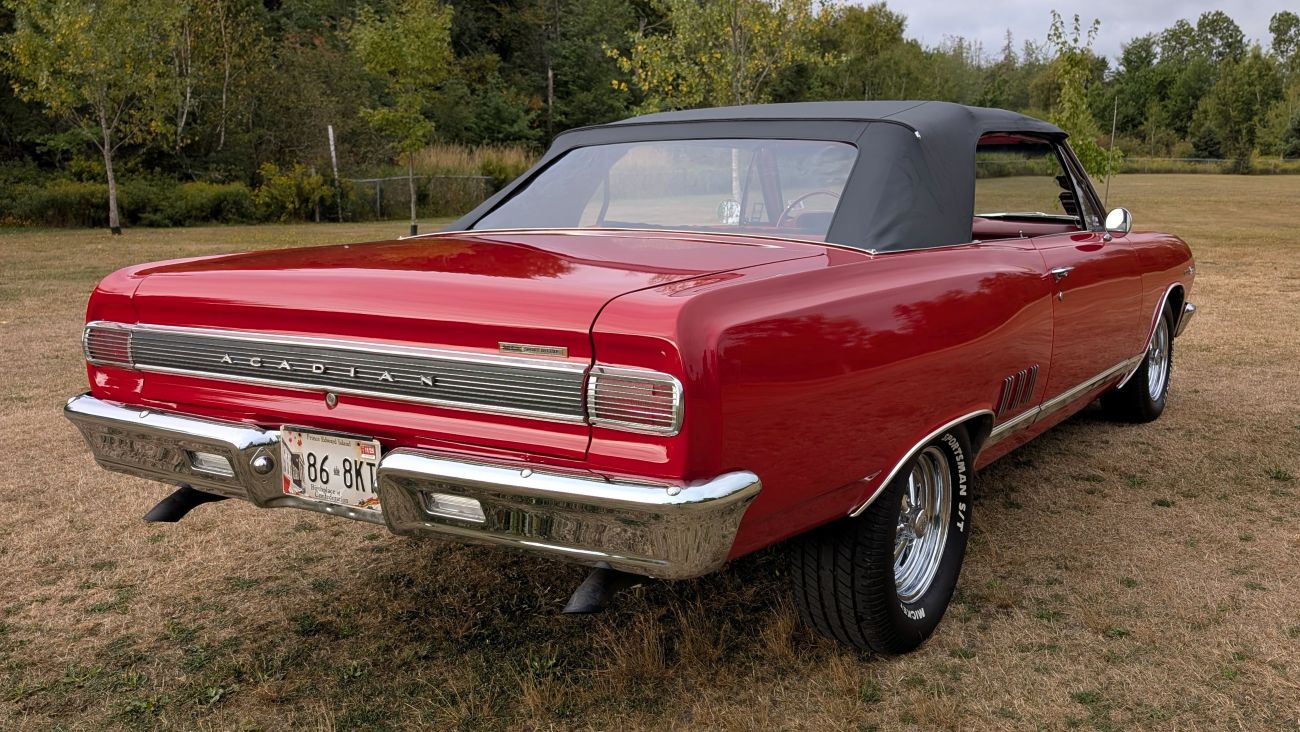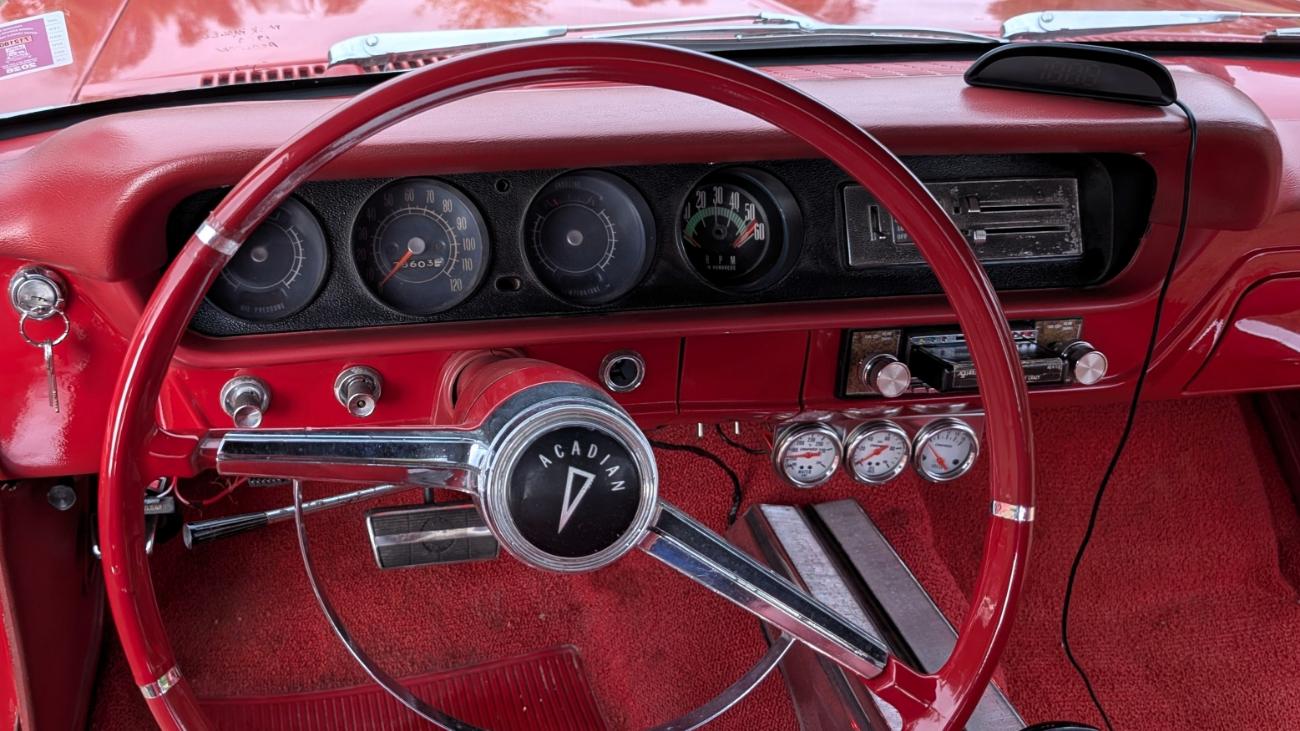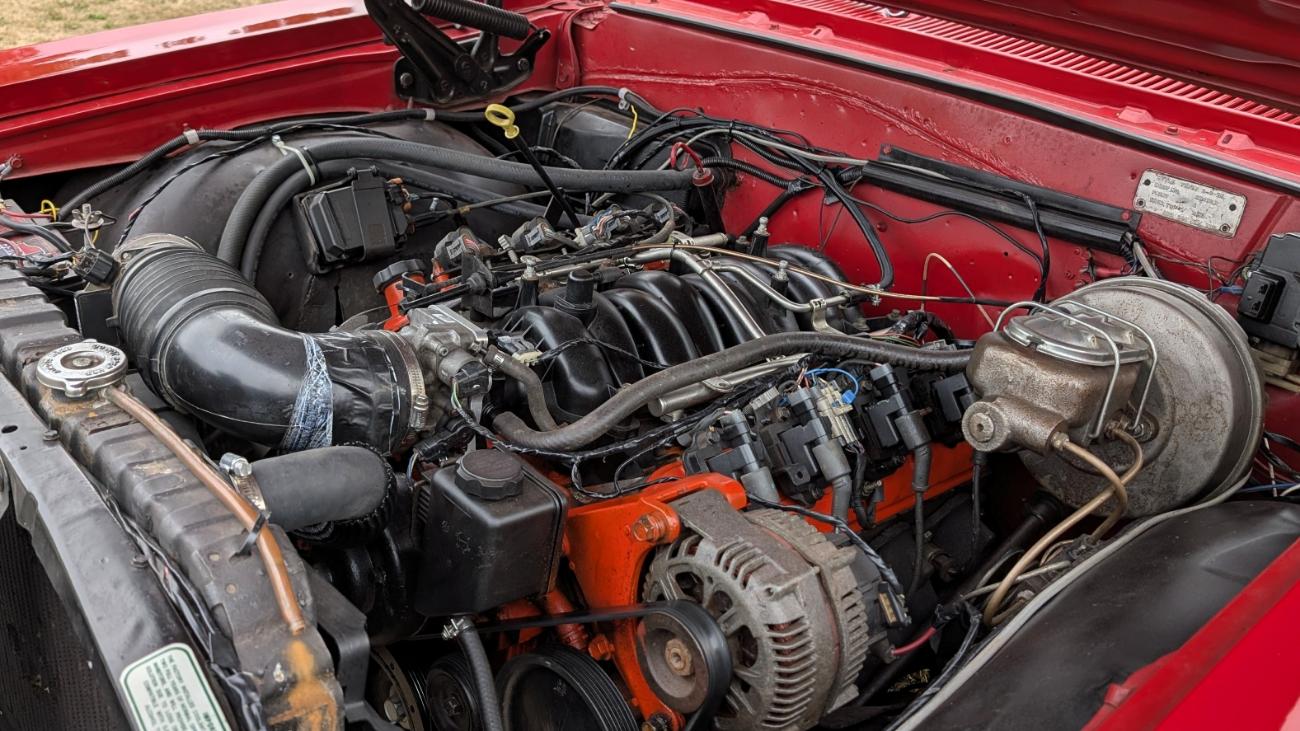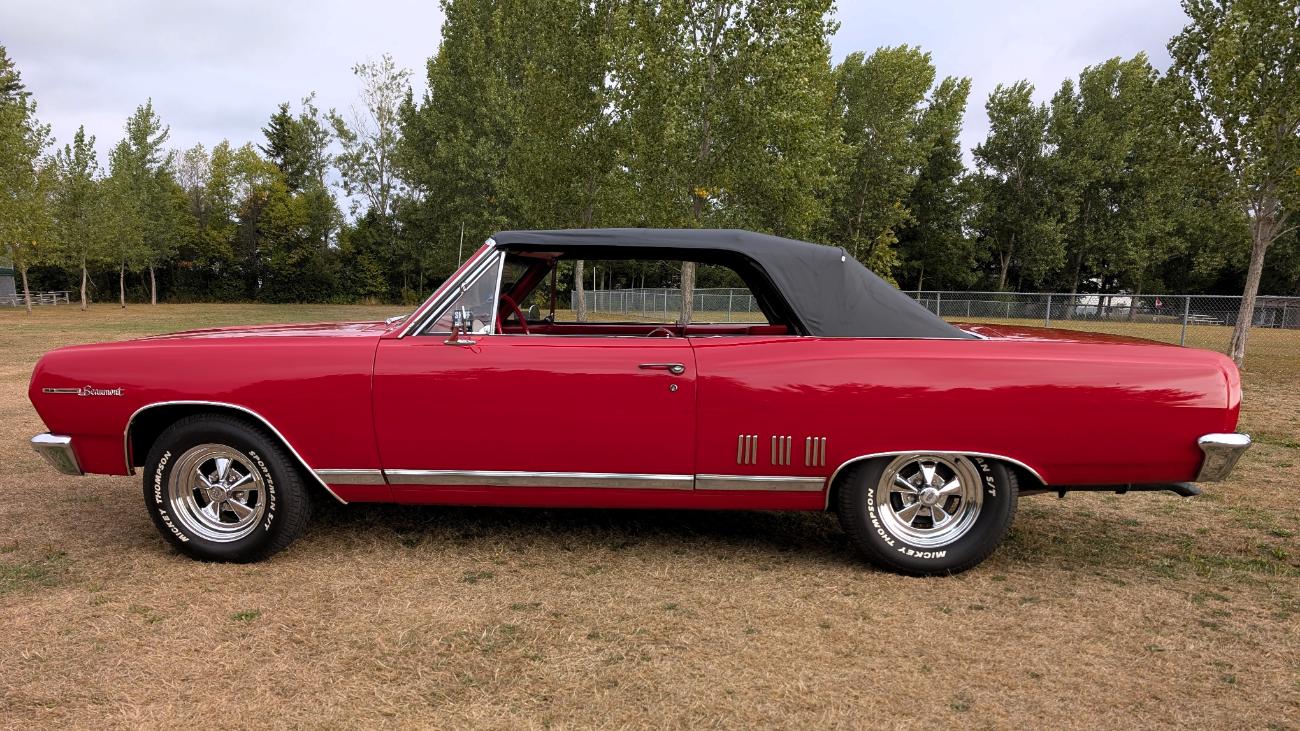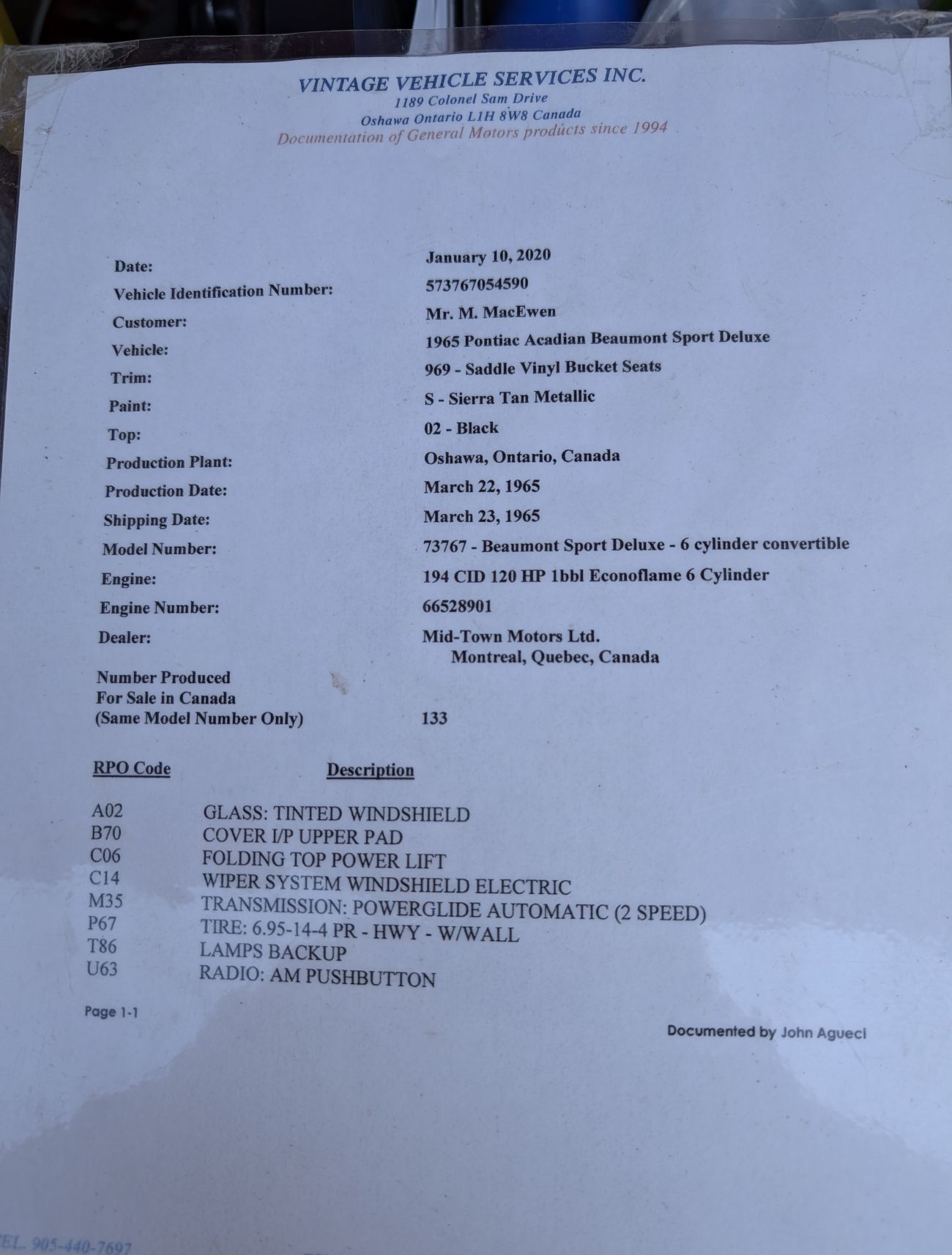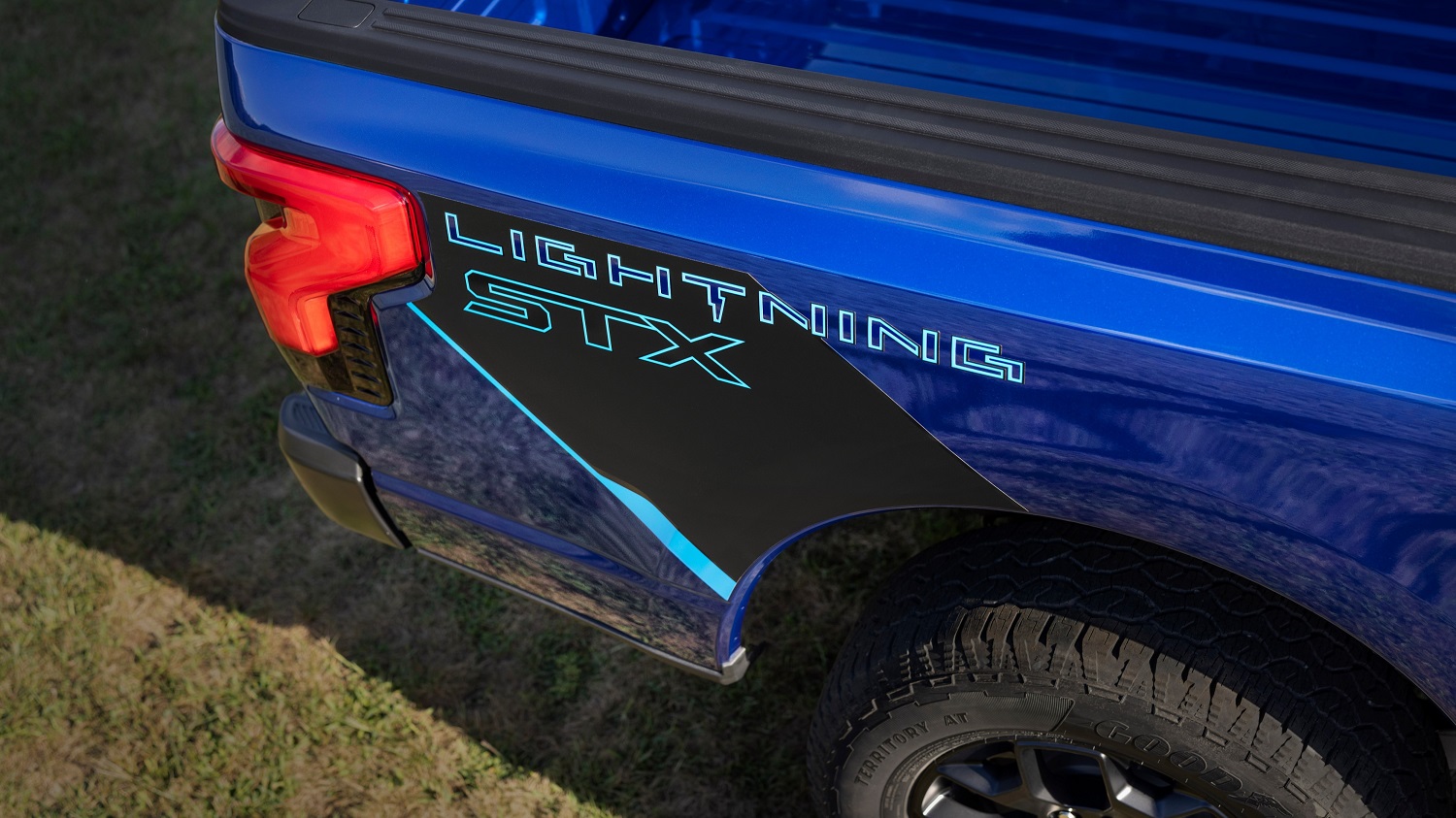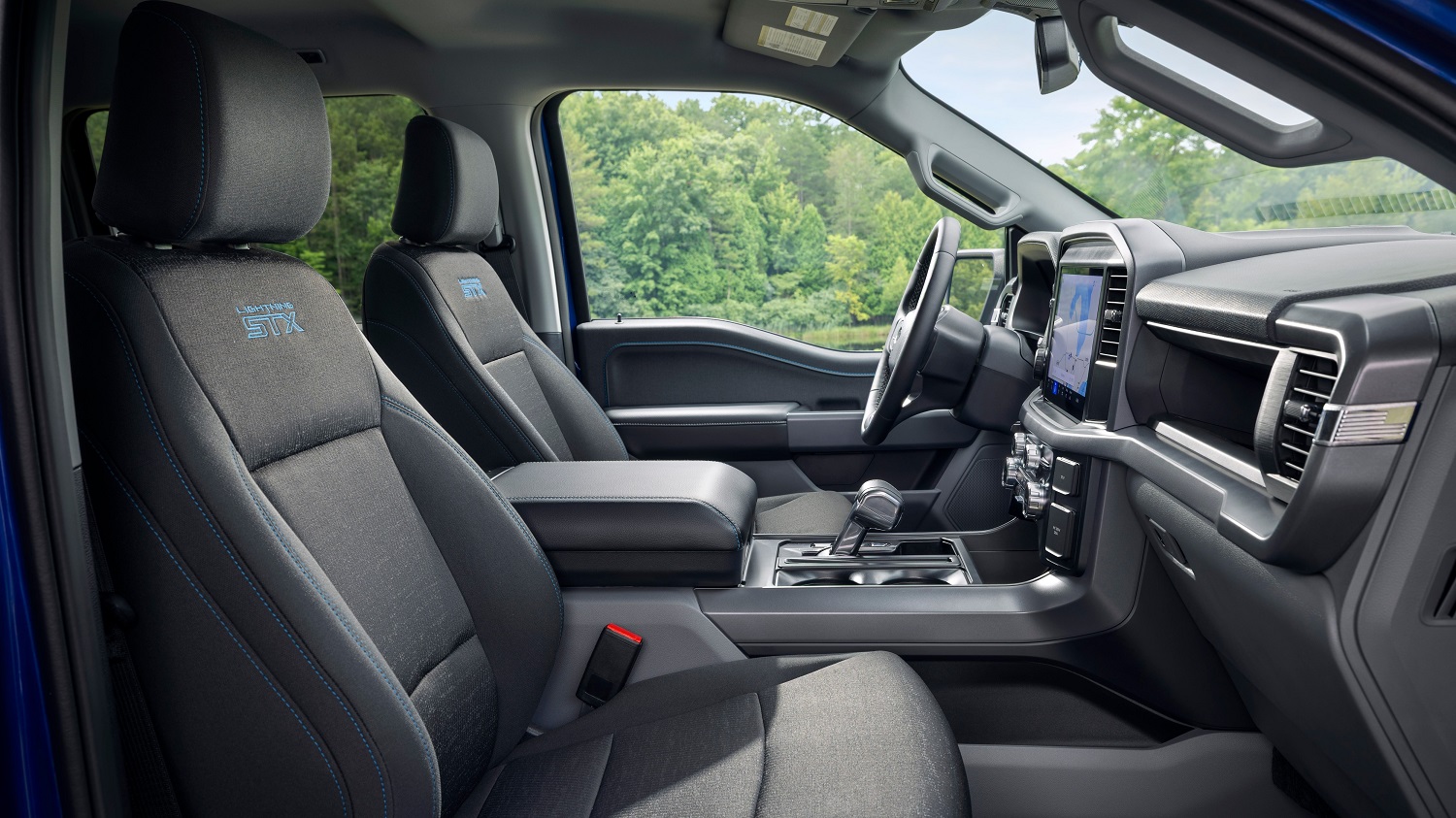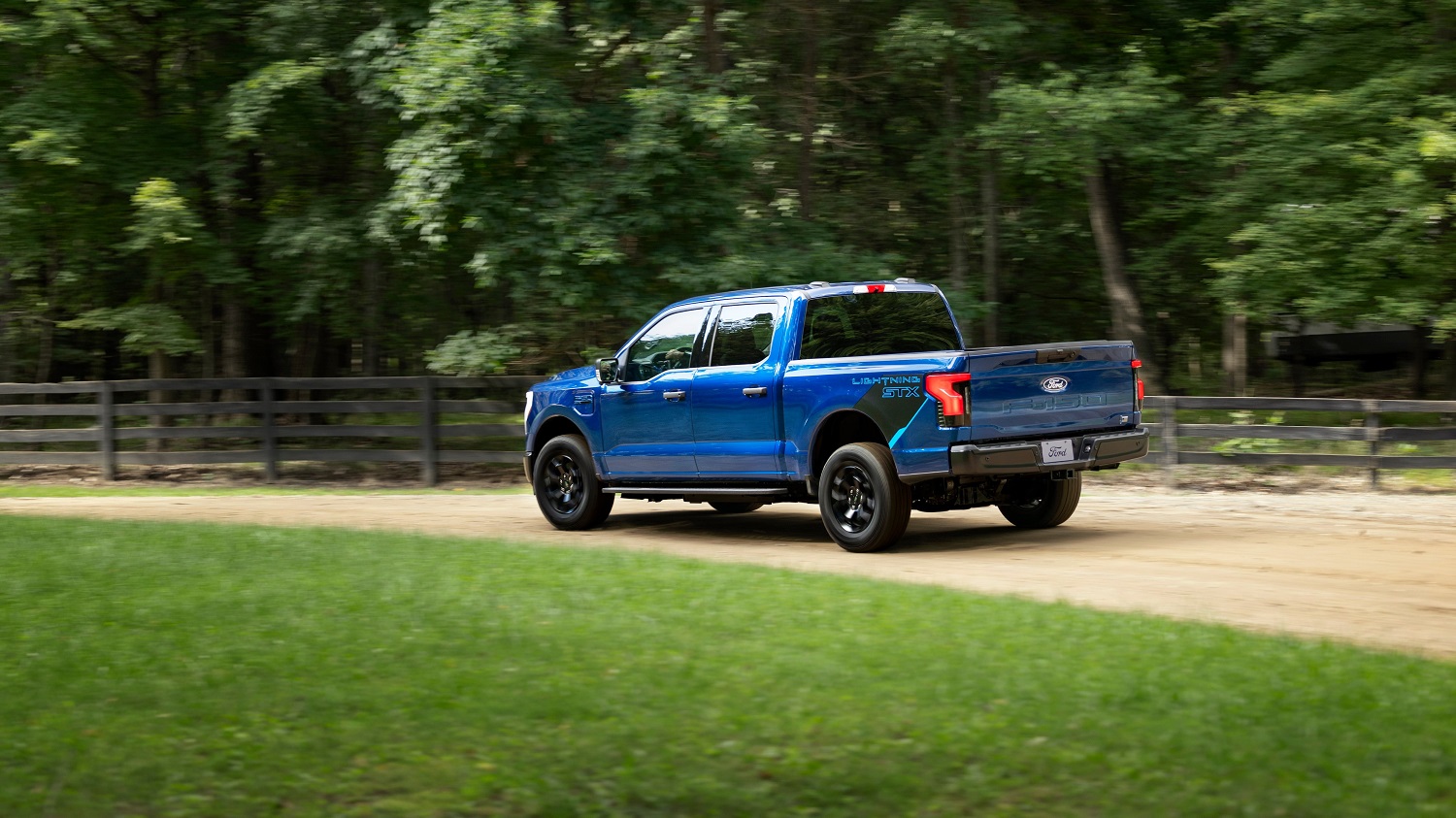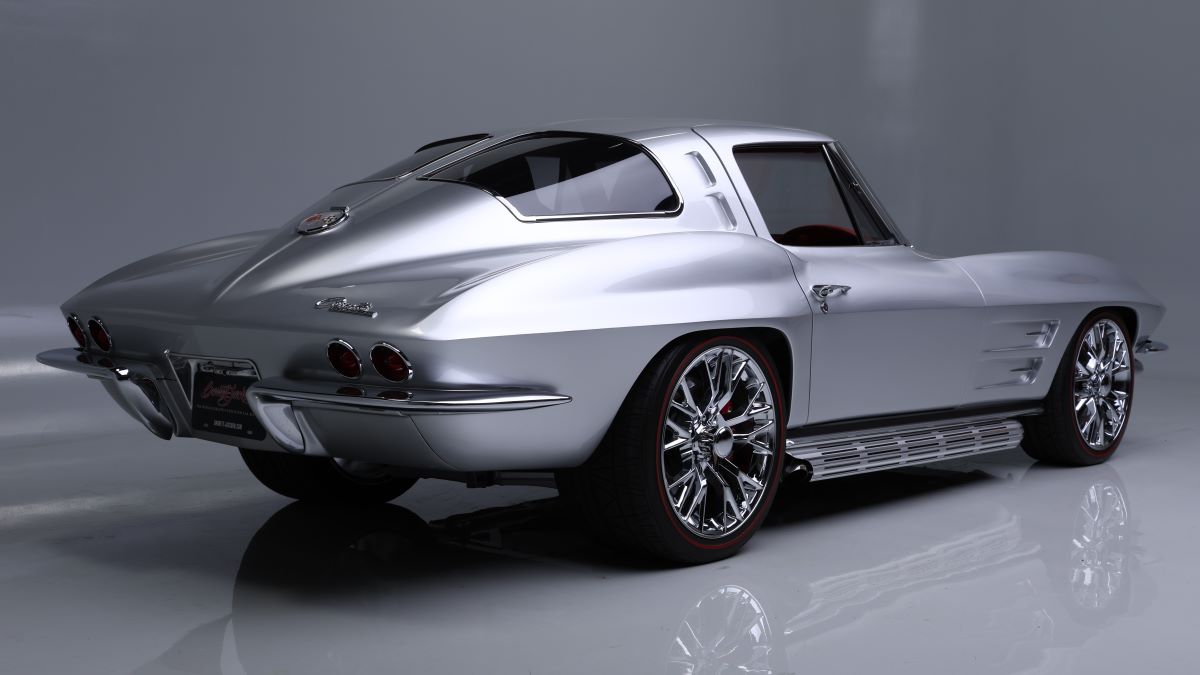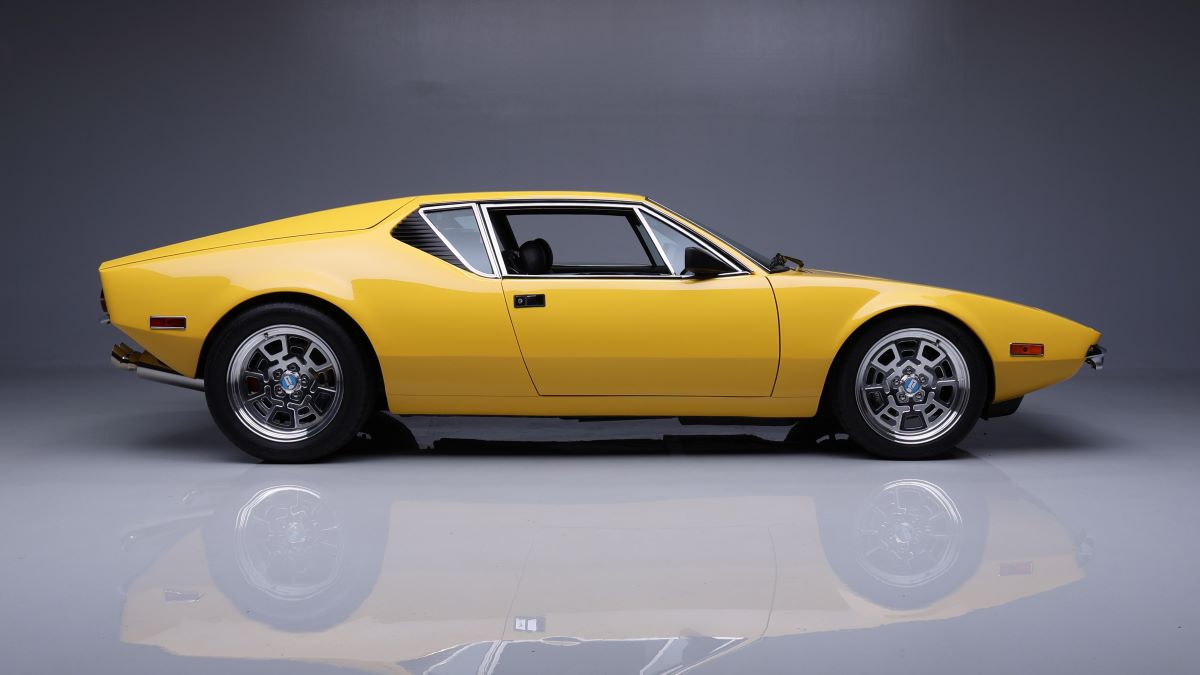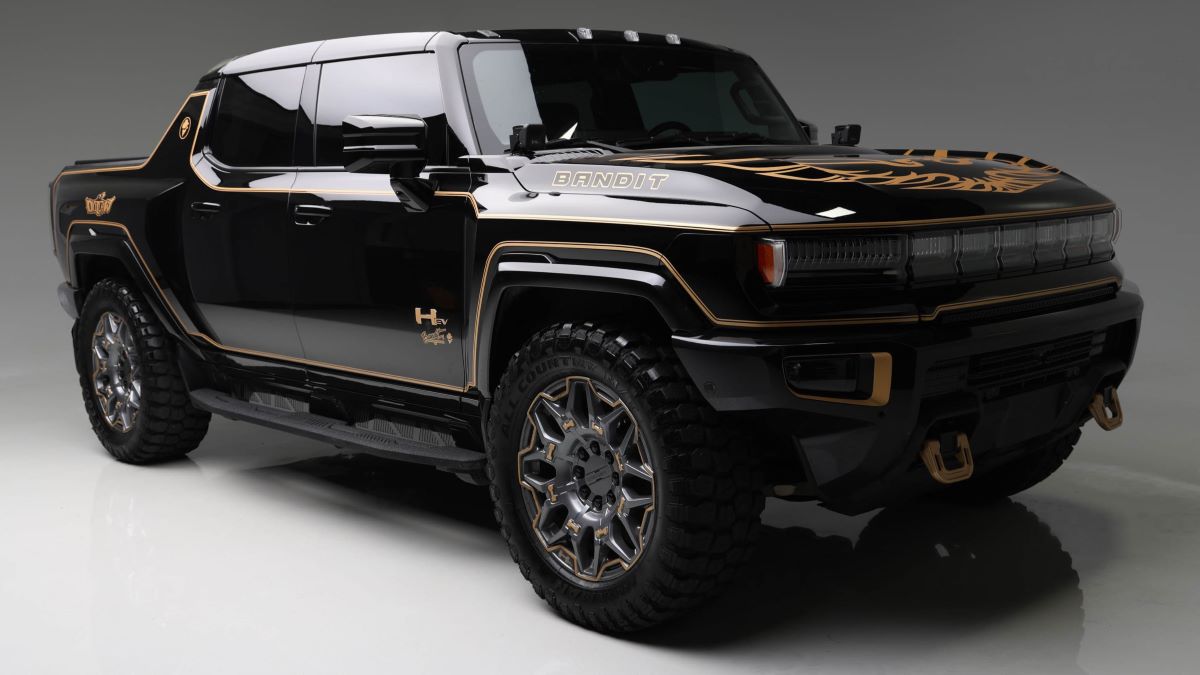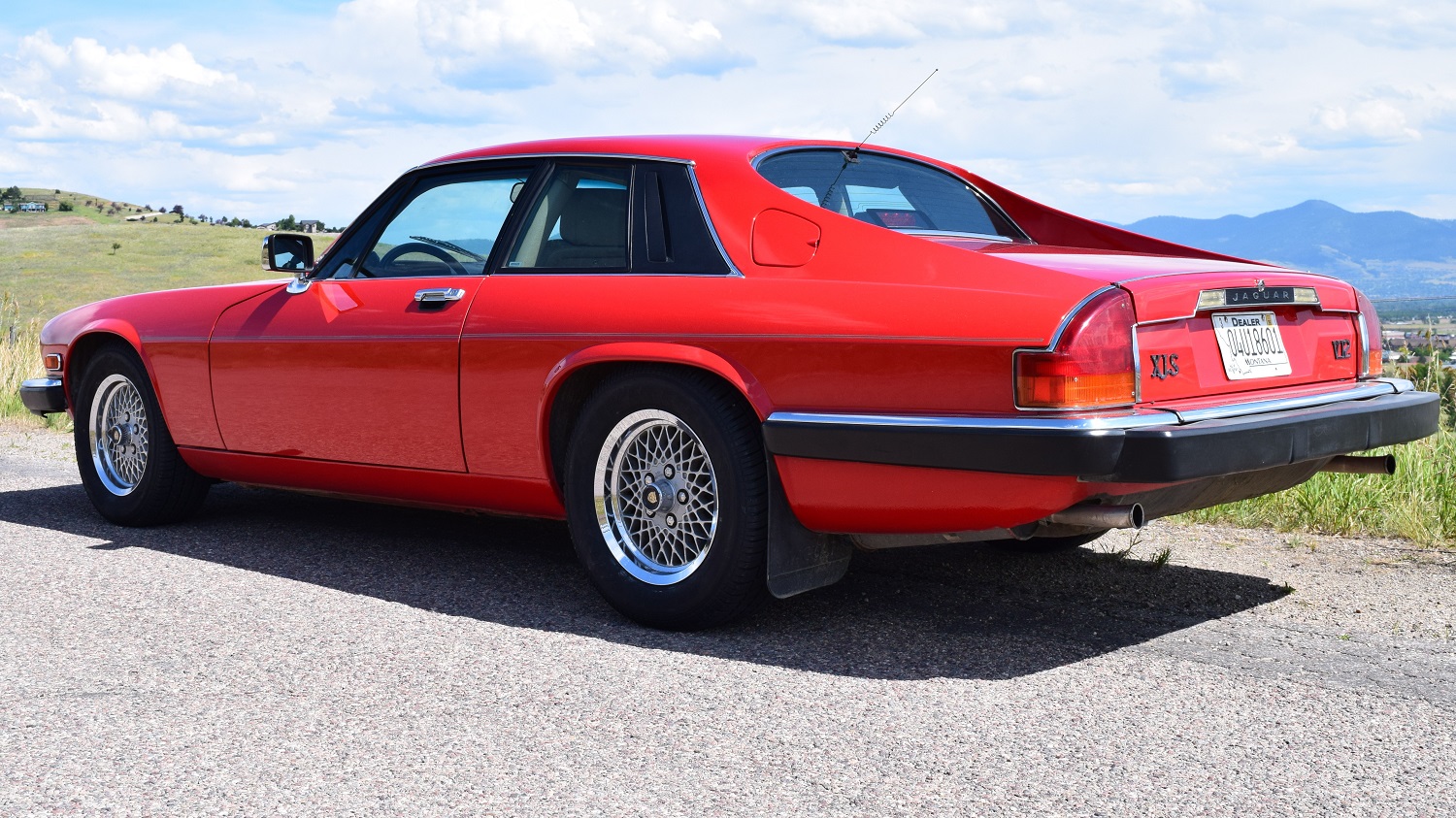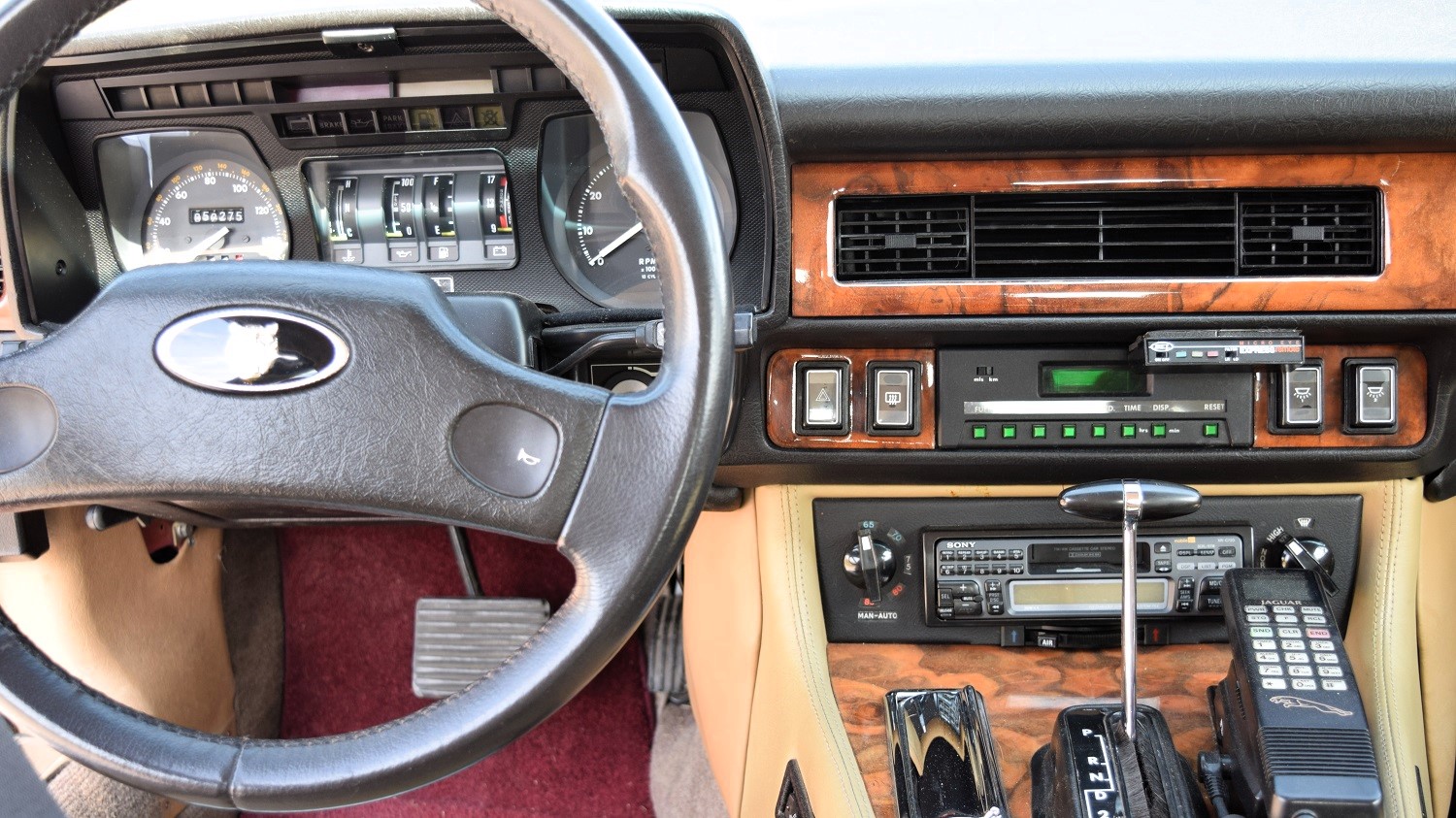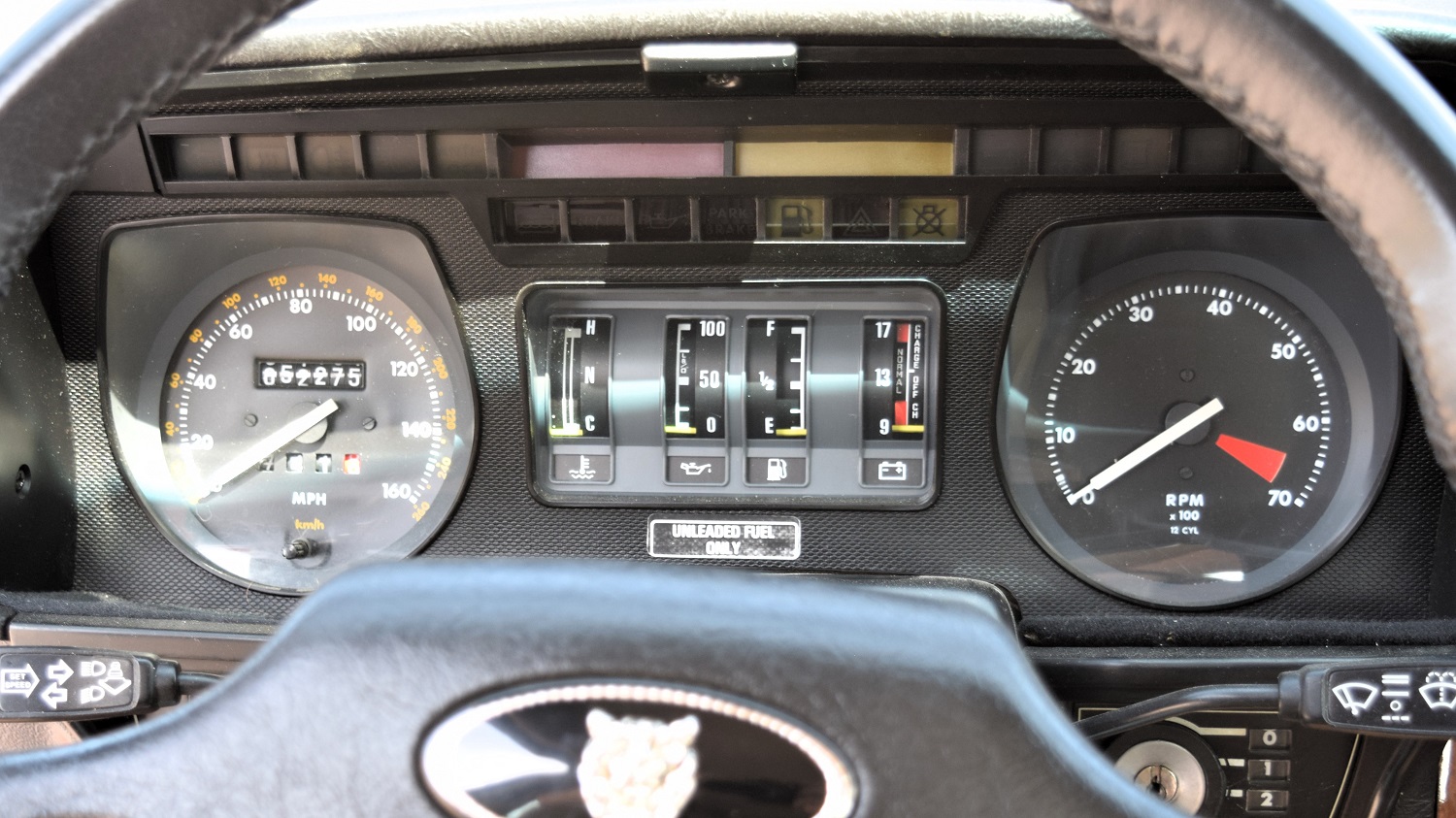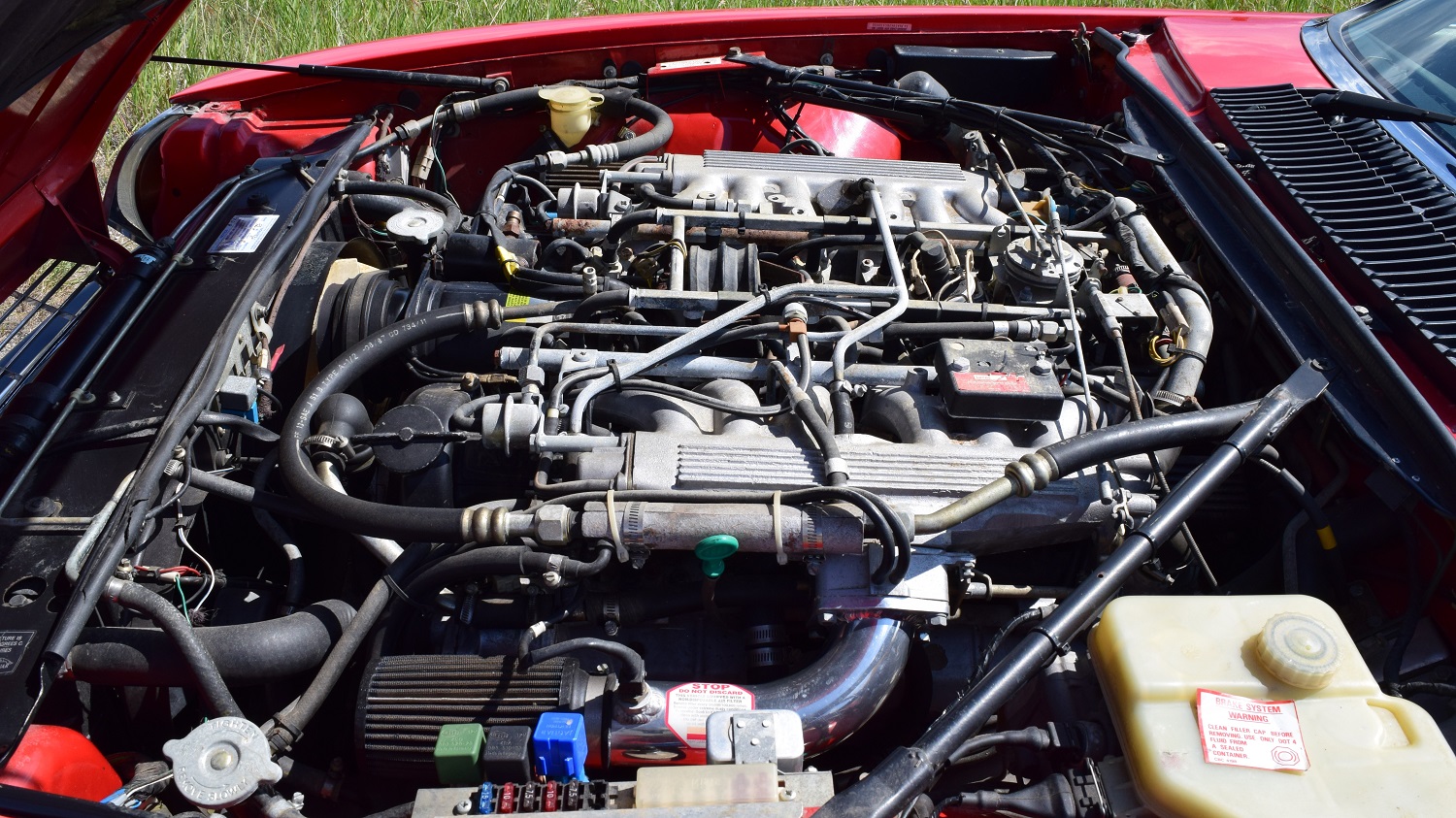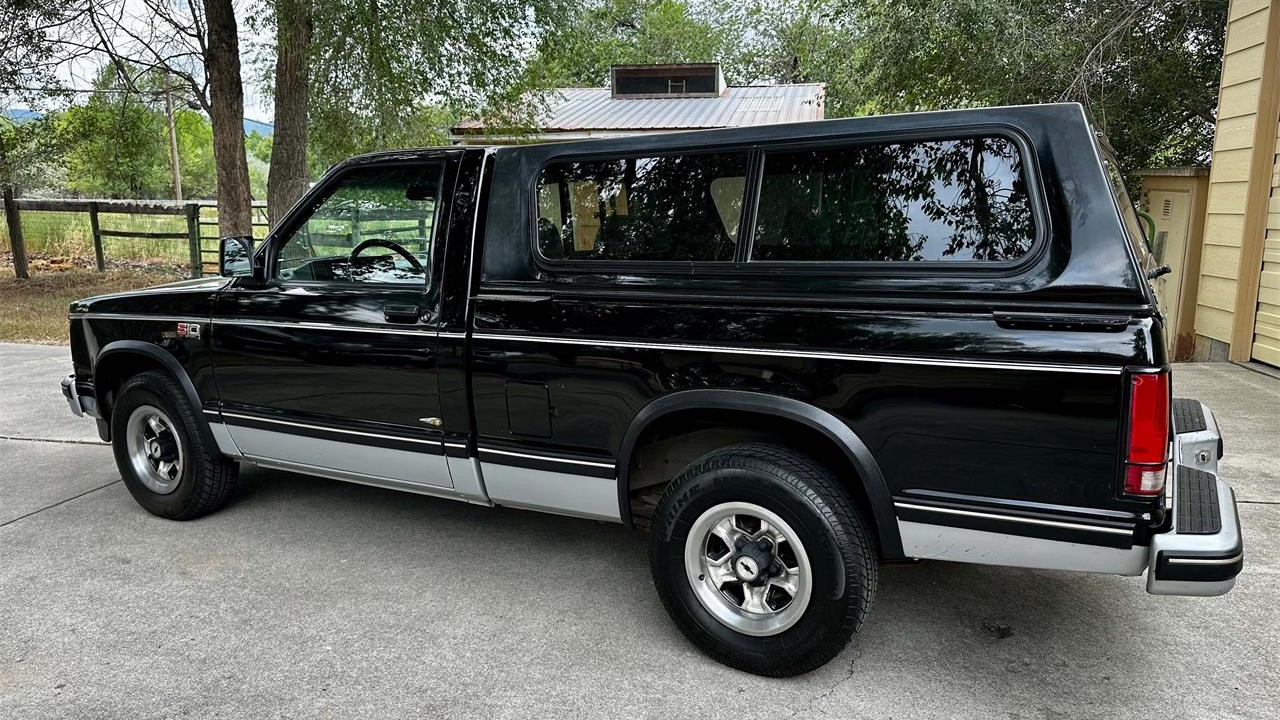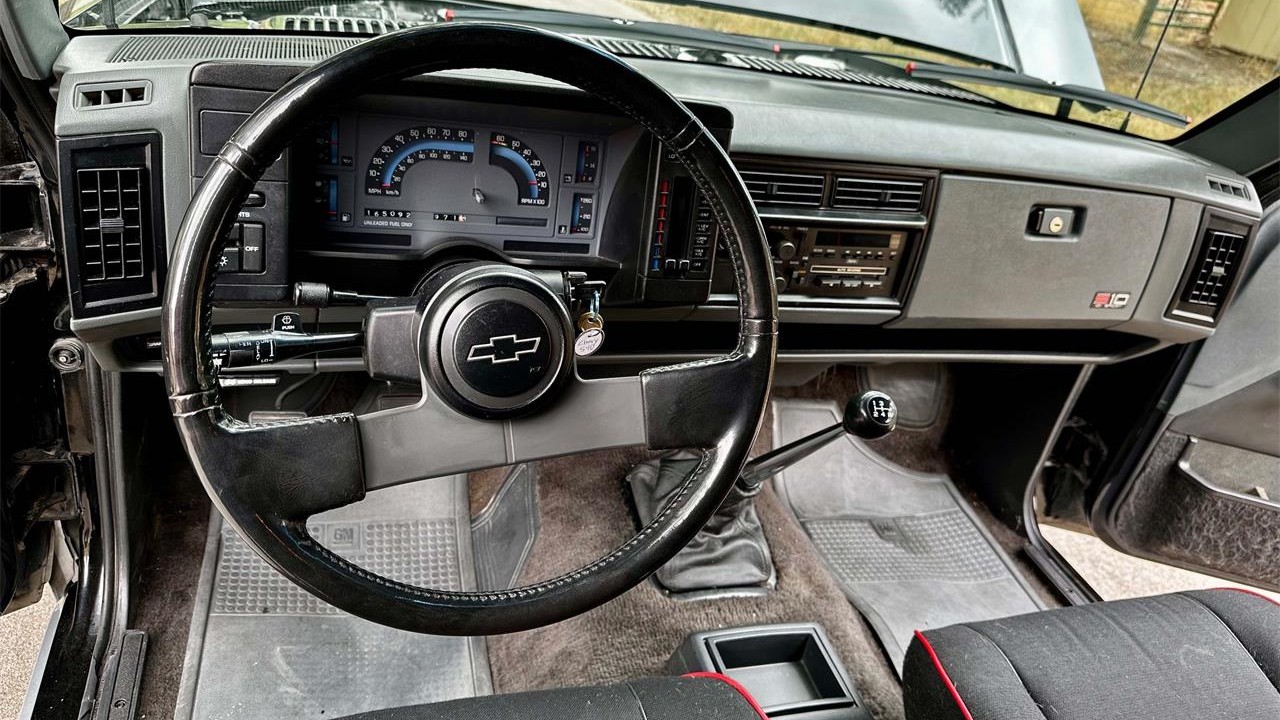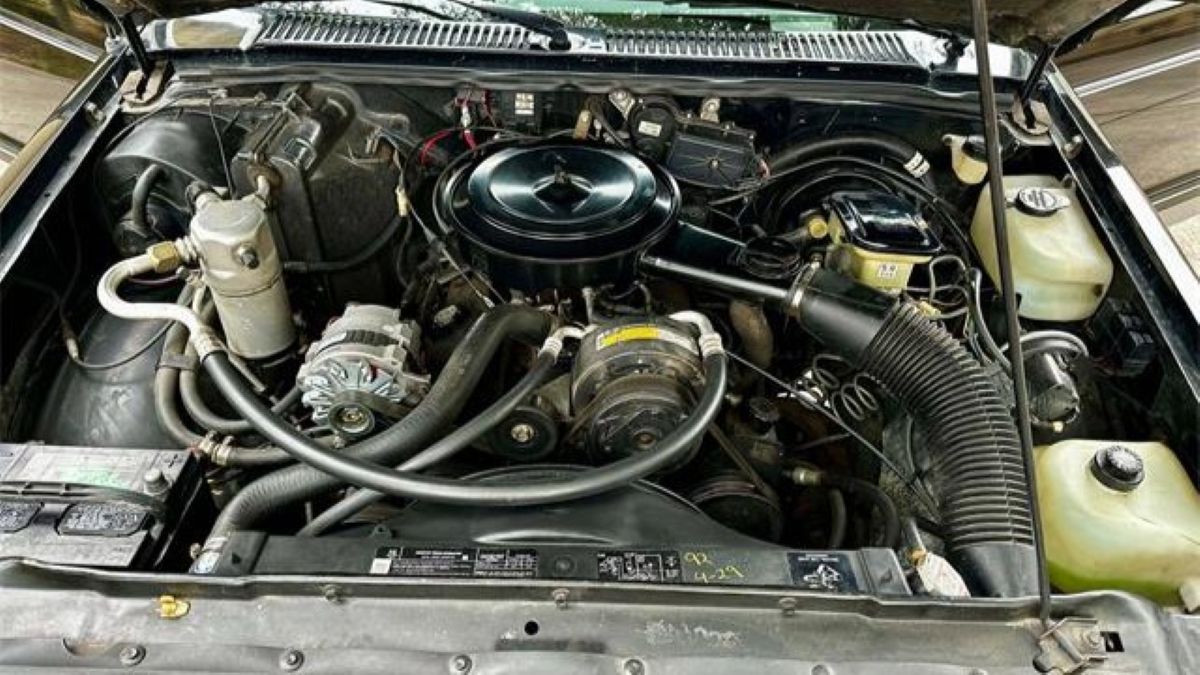This Factory Five Racing ’33 Hot Rod roadster was assembled around 2019 or before and is powered by a supercharged 4.6-liter Ford V8 linked to a Tremec six-speed manual transmission. Equipment includes rack-and-pinion steering with electric assist, four-wheel disc brakes, independent front suspension, a three-link rear setup, Koni coilovers, staggered-diameter Torq-Thrust-style wheels, and a Ford 8.8″ rear axle. The fiberglass body is finished in dark red with yellow and orange flames, and the interior features black vinyl bucket seats with Simpson latch-and-link lap belts. This FFR ’33 roadster was acquired by the selling dealer in May 2025 and is now offered with a clean Florida title.

The fiberglass body is finished in dark red with yellow-to-orange gradient flames accented by blue pinstriping, and it rides on a tube steel frame with pre-formed aluminum panels for the cockpit, trunk, and engine bay. Exterior details include reverse-hinged doors, a brushed aluminum windscreen frame, and a tan soft top.

Polished Torq-Thrust-style alloy wheels measuring 17″ up front and 18″ at the rear are mounted with 235/40 and 285/35 Sumitomo HTRZ III tires, respectively. The cars rides on independent front suspension consisting of unequal-length upper and lower tubular control arms with inboard Koni coilovers and a solid-axle rear with a three-link setup, Koni coilovers, and a panhard bar. Braking is provided by four-wheel discs, including 11″ Mustang rotors with Cobra-branded twin-piston PBR calipers up front. Additional equipment includes electric power rack-and-pinion steering.

The cabin features low-back bucket seats trimmed in black vinyl that extends to the pleated door panels, and black carpeting overlays the floorboards. Equipment includes Simpson latch-and-link lap belts, a dashtop rearview mirror, and a tunnel-mounted shifter with a black leather boot.

A black half-wrap billet steering wheel with a Factory Five center cap fronts a body-color dash housing an AutoMeter American Platinum six-gauge set including an electric programmable 120-mph speedometer and a 7k-rpm tachometer. The digital odometer shows 41 miles driven since completion of the build, a handful of which were added under current ownership.

The supercharged and intercooled 4.6-liter DOHC V8 is of the type that powered the 2003-2004 Mustang SVT Cobra and was rated at 390 horsepower with 390lb-ft of torque when new. In addition to an Eaton Roots-type supercharger, the engine is equipped with an aluminum radiator, an electric fan, and Ford Racing exhaust manifolds fitted with extension tubes flowing into a dual exhaust system with polished stainless-steel mufflers and side exits.

Power is sent to the rear wheels through Tremec six-speed manual transmission and a Ford 8.8″ rear end with a limited-slip differential. The passenger-side muffler is dented.

